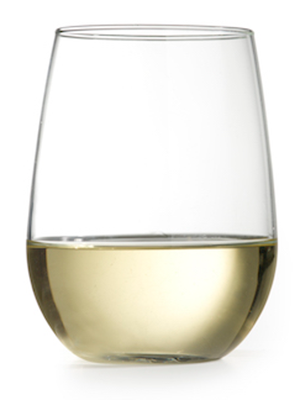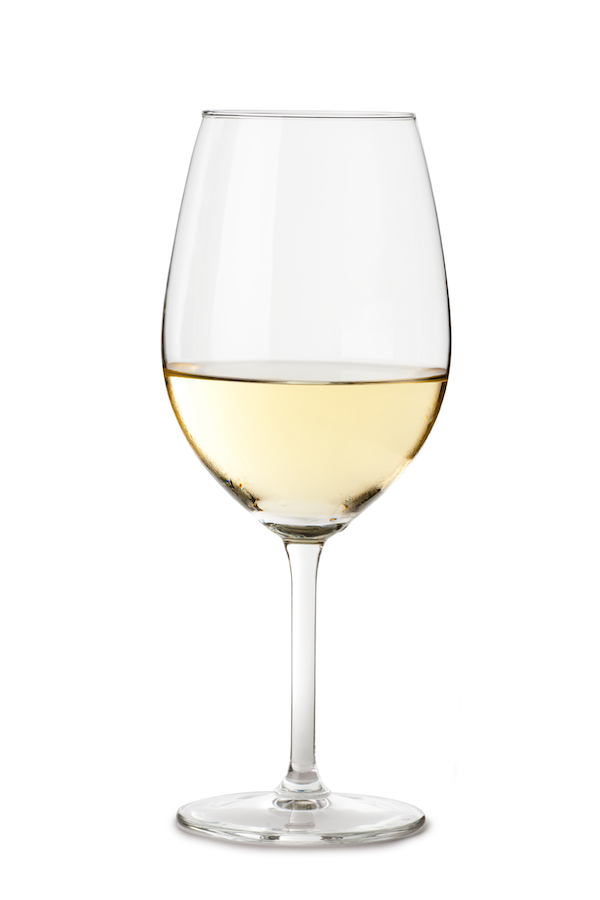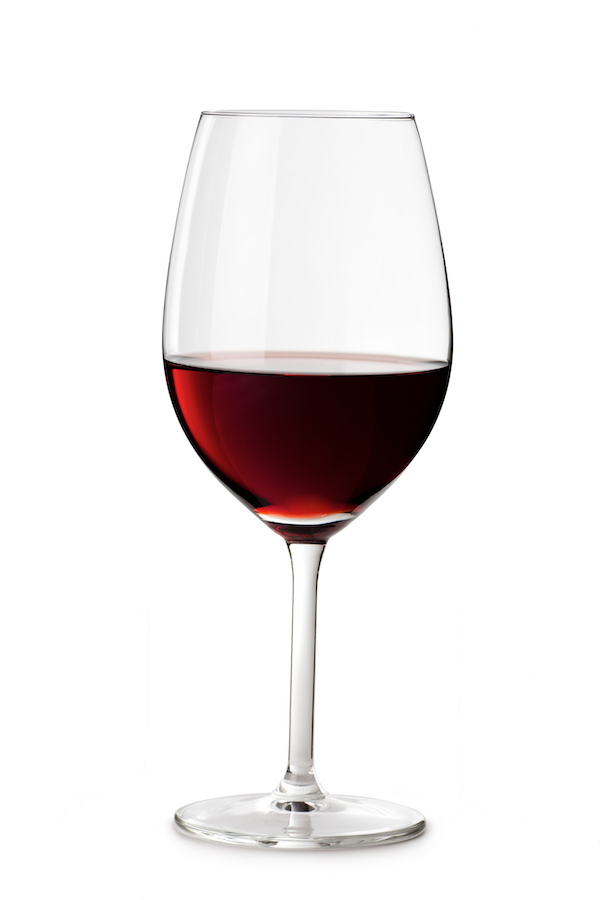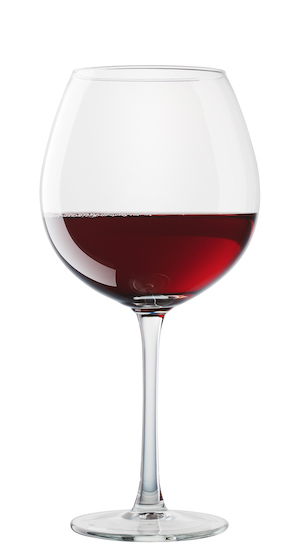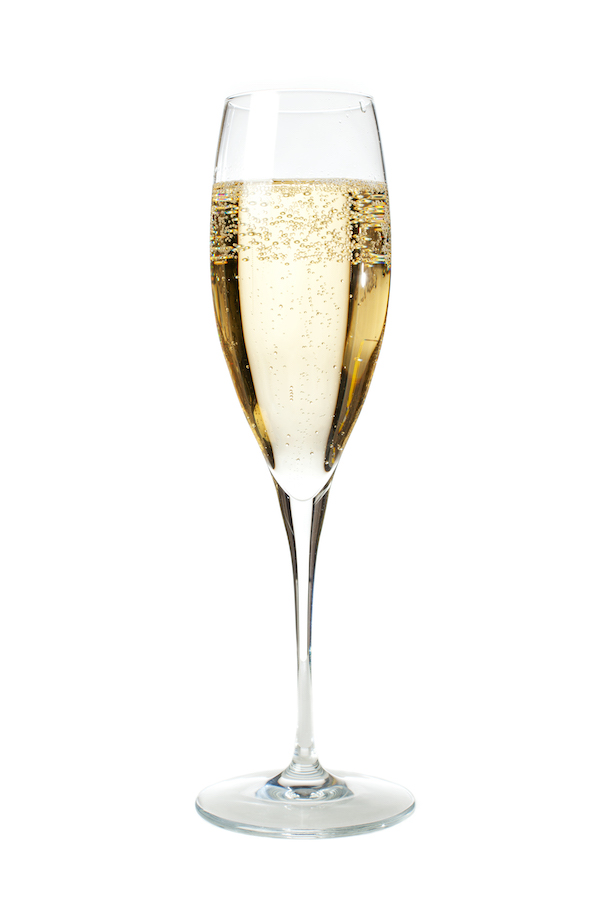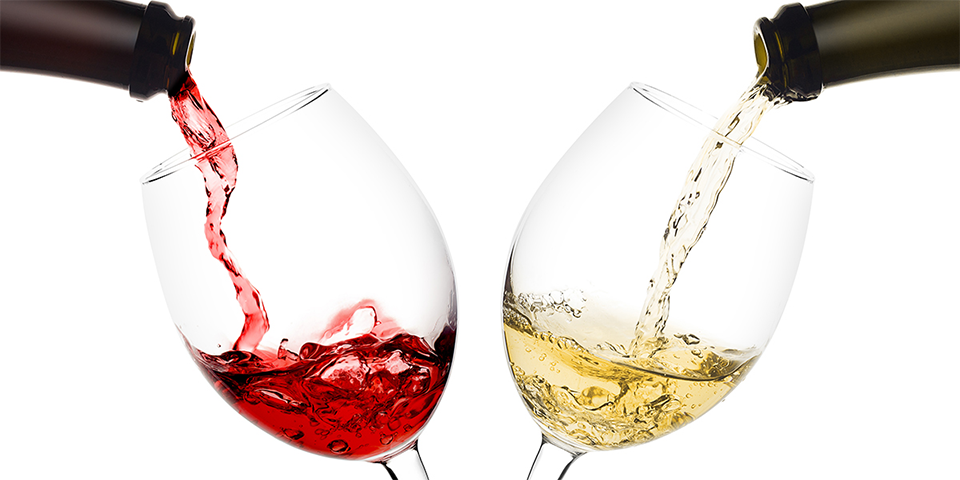
How Much Sugar Is in Wine and Which Has the Least?
Table of Contents
If you are making an attempt to cut again on extra sugar, you’ve possibly by now nixed candy bars and sugary cocktails from your meal program.
But what about wine? Because — and we dislike to be the bearer of negative news right here — there is sugar in wine.
So which wine has the minimum sugar, and how can you come across the most effective reduced sugar wine?
Brief winemaking lesson: The alcoholic beverages in wine is a byproduct of fermenting obviously transpiring sugars found in wine grapes.
Some of these sugars remain unfermented, and they are known as residual sugar, suggests Sofia Norton, RD, a dietitian based in Los Angeles.
“You can figure out the sugar content of wine by its flavor,” Norton says.
Dry wines usually have significantly less than 10 grams of residual sugar for every liter, which averages out to around 1.5 grams of sugar or considerably less for each 5-ounce glass.
Sweeter wines, together with dessert wines and late harvest wines, have — you guessed it — a lot more residual sugar.
Want to be aware of your sugar intake even though restocking your wine rack? Appear for dry models of these low sugar wines.
1. Sauvignon Blanc
“You can locate this dry, white wine developed all all around the entire world,” Norton states.
The regular 5-ounce serving has 3 grams of whole carbohydrates, so it is difficult to go improper with this varietal.
Far better however: Try the sauvignon blanc from FitVine, a line of small sugar wines — it has just .09 grams of sugar and 114 energy in just about every glass.
2. Chardonnay
Chardonnay is a further intercontinental grape, and it pairs effectively with just about any dish.
A glass of chardonnay has around 3.2 grams of full carbohydrates per serving, and close to half of that arrives from glucose, Norton states.
3. Sangiovese
Wines made with Italy’s most well-known grape have about 3.8 grams of full carbohydrates per 5-ounce glass.
If you adore pink wine, seem for a bone-dry Chianti blend or Brunello di Montalcino.
4. Pinot Noir
This California grape is said to be the world’s most well-known gentle-bodied pink wine, Norton claims, and a 5-ounce glass has around 3.4 grams of whole carbs.
Try Beringer Founder’s Estate Pinot Noir, a tremendous-reasonably priced dry wine that ranks large on taste.
5. Brut Champagne
The sum of sugar in Champagne can differ widely, but bottles labeled “brut,” additional brut,” or “brut nature” are your finest guess when you’re looking to elevate a toast with a small sugar wine.
“The word ‘brut’ below means dry, uncooked, and unrefined,” Norton points out.
Splurge on the influencer favorite Veuve Clicquot Yellow Label Brut Champagne, or test the a bit more spending budget-friendly Nicolas Feuillatte Reserve Unique Brut.
How Much Sugar Is in an Common Glass of Wine?
Obtaining the sugar content in a particular model or varietal can be a obstacle, because beverage companies aren’t expected to record the diet information on the label. When in question, the overall carbohydrate material can at the very least support you gauge the sugar information.
Usually talking, while, here’s how the distinct forms of wine stack up:
Can You Consume Wine When You are Hoping to Get rid of Bodyweight?
Yes, but target on moderation and shell out interest to portion control.
Likely over your every day caloric needs can lead to body weight achieve around time, and the calories in alcohol can undoubtedly lead to that.
A 5-ounce glass of late harvest wine, for illustration, is made up of 20 grams of carbohydrates and 172 calories.
Two eyeglasses of wine can put a dent in your caloric consumption quite immediately, Norton cautions.
The energy in wine appear from residual sugar and from alcohol, Norton points out. And those “liquid calories” may well not be as helpful at building you feel satiated.
“In other text, you’d be having in avoidable calories and still feel hungry,” she provides.
But as extended as you’re being mindful about your all round calorie ingestion and your each day activity level, you can still drink wine when you are striving to lose weight — just skip the dessert wines.
“If you are striving to hold your sugar or carb intake lower, stick to 1 to 2 servings of dry wine,” Norton says.

